Brenden K. Petersen
Deep Symbolic Optimization: Reinforcement Learning for Symbolic Mathematics
May 16, 2025Abstract:Deep Symbolic Optimization (DSO) is a novel computational framework that enables symbolic optimization for scientific discovery, particularly in applications involving the search for intricate symbolic structures. One notable example is equation discovery, which aims to automatically derive mathematical models expressed in symbolic form. In DSO, the discovery process is formulated as a sequential decision-making task. A generative neural network learns a probabilistic model over a vast space of candidate symbolic expressions, while reinforcement learning strategies guide the search toward the most promising regions. This approach integrates gradient-based optimization with evolutionary and local search techniques, and it incorporates in-situ constraints, domain-specific priors, and advanced policy optimization methods. The result is a robust framework capable of efficiently exploring extensive search spaces to identify interpretable and physically meaningful models. Extensive evaluations on benchmark problems have demonstrated that DSO achieves state-of-the-art performance in both accuracy and interpretability. In this chapter, we provide a comprehensive overview of the DSO framework and illustrate its transformative potential for automating symbolic optimization in scientific discovery.
Symbolic Regression via Neural-Guided Genetic Programming Population Seeding
Nov 17, 2021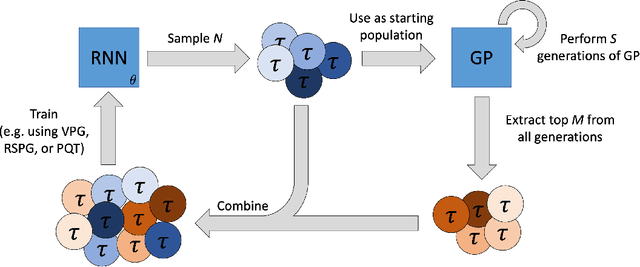
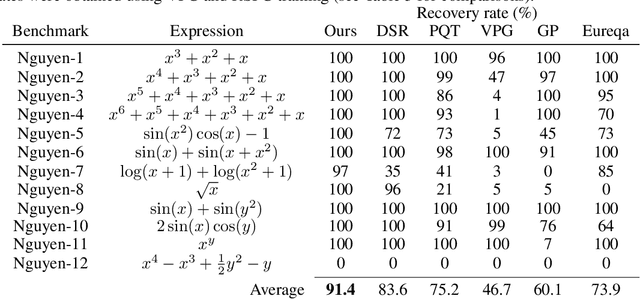

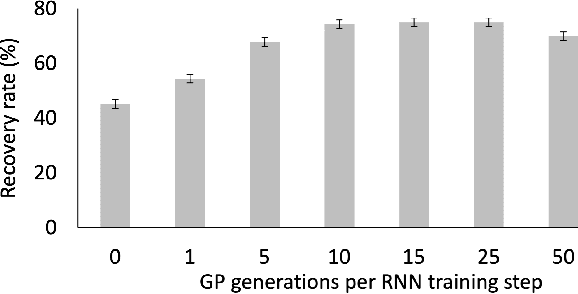
Abstract:Symbolic regression is the process of identifying mathematical expressions that fit observed output from a black-box process. It is a discrete optimization problem generally believed to be NP-hard. Prior approaches to solving the problem include neural-guided search (e.g. using reinforcement learning) and genetic programming. In this work, we introduce a hybrid neural-guided/genetic programming approach to symbolic regression and other combinatorial optimization problems. We propose a neural-guided component used to seed the starting population of a random restart genetic programming component, gradually learning better starting populations. On a number of common benchmark tasks to recover underlying expressions from a dataset, our method recovers 65% more expressions than a recently published top-performing model using the same experimental setup. We demonstrate that running many genetic programming generations without interdependence on the neural-guided component performs better for symbolic regression than alternative formulations where the two are more strongly coupled. Finally, we introduce a new set of 22 symbolic regression benchmark problems with increased difficulty over existing benchmarks. Source code is provided at www.github.com/brendenpetersen/deep-symbolic-optimization.
Incorporating domain knowledge into neural-guided search
Jul 19, 2021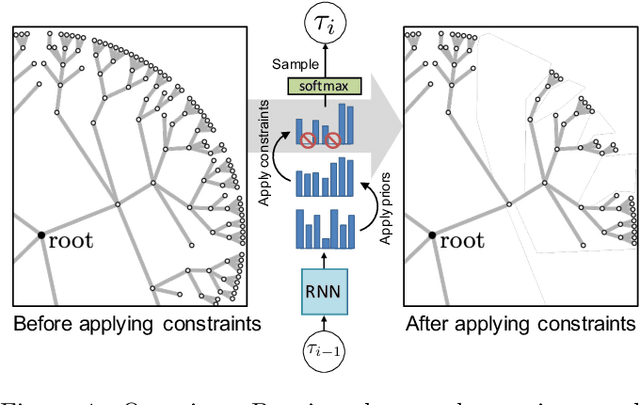


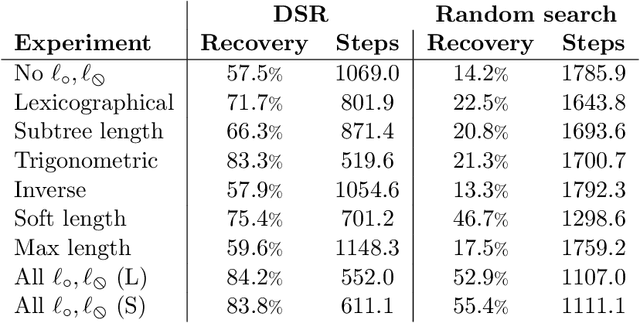
Abstract:Many AutoML problems involve optimizing discrete objects under a black-box reward. Neural-guided search provides a flexible means of searching these combinatorial spaces using an autoregressive recurrent neural network. A major benefit of this approach is that builds up objects sequentially--this provides an opportunity to incorporate domain knowledge into the search by directly modifying the logits emitted during sampling. In this work, we formalize a framework for incorporating such in situ priors and constraints into neural-guided search, and provide sufficient conditions for enforcing constraints. We integrate several priors and constraints from existing works into this framework, propose several new ones, and demonstrate their efficacy in informing the task of symbolic regression.
Improving exploration in policy gradient search: Application to symbolic optimization
Jul 19, 2021

Abstract:Many machine learning strategies designed to automate mathematical tasks leverage neural networks to search large combinatorial spaces of mathematical symbols. In contrast to traditional evolutionary approaches, using a neural network at the core of the search allows learning higher-level symbolic patterns, providing an informed direction to guide the search. When no labeled data is available, such networks can still be trained using reinforcement learning. However, we demonstrate that this approach can suffer from an early commitment phenomenon and from initialization bias, both of which limit exploration. We present two exploration methods to tackle these issues, building upon ideas of entropy regularization and distribution initialization. We show that these techniques can improve the performance, increase sample efficiency, and lower the complexity of solutions for the task of symbolic regression.
* Published in 1st Mathematical Reasoning in General Artificial Intelligence Workshop, ICLR 2021
Distilling Wikipedia mathematical knowledge into neural network models
Apr 13, 2021
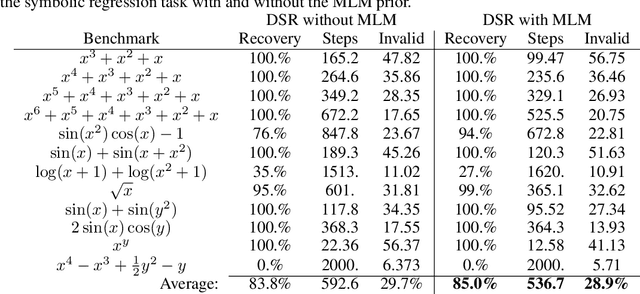
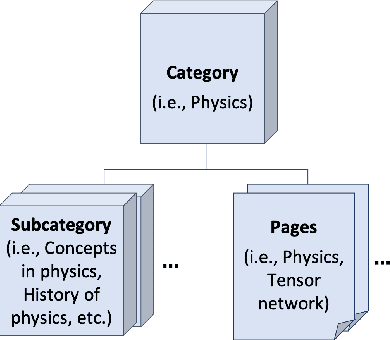
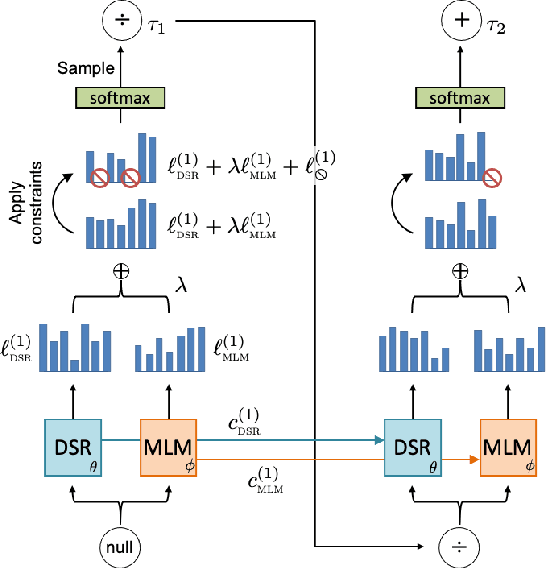
Abstract:Machine learning applications to symbolic mathematics are becoming increasingly popular, yet there lacks a centralized source of real-world symbolic expressions to be used as training data. In contrast, the field of natural language processing leverages resources like Wikipedia that provide enormous amounts of real-world textual data. Adopting the philosophy of "mathematics as language," we bridge this gap by introducing a pipeline for distilling mathematical expressions embedded in Wikipedia into symbolic encodings to be used in downstream machine learning tasks. We demonstrate that a $\textit{mathematical}$ $\textit{language}$ $\textit{model}$ trained on this "corpus" of expressions can be used as a prior to improve the performance of neural-guided search for the task of symbolic regression.
* 6 pages, 4 figures
Deep symbolic regression: Recovering mathematical expressions from data via policy gradients
Dec 10, 2019



Abstract:Discovering the underlying mathematical expressions describing a dataset is a core challenge for artificial intelligence. This is the problem of symbolic regression. Despite recent advances in training neural networks to solve complex tasks, deep learning approaches to symbolic regression are lacking. We propose a framework that combines deep learning with symbolic regression via a simple idea: use a large model to search the space of small models. More specifically, we use a recurrent neural network to emit a distribution over tractable mathematical expressions, and employ reinforcement learning to train the network to generate better-fitting expressions. Our algorithm significantly outperforms standard genetic programming-based symbolic regression in its ability to exactly recover symbolic expressions on a series of benchmark problems, both with and without added noise. More broadly, our contributions include a framework that can be applied to optimize hierarchical, variable-length objects under a black-box performance metric, with the ability to incorporate a priori constraints in situ.
Precision medicine as a control problem: Using simulation and deep reinforcement learning to discover adaptive, personalized multi-cytokine therapy for sepsis
Feb 08, 2018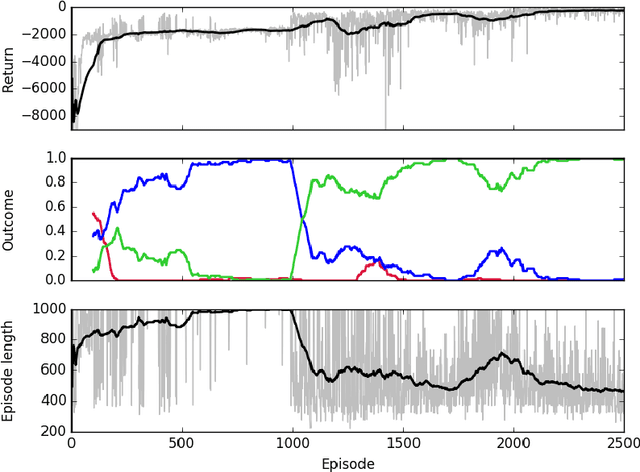
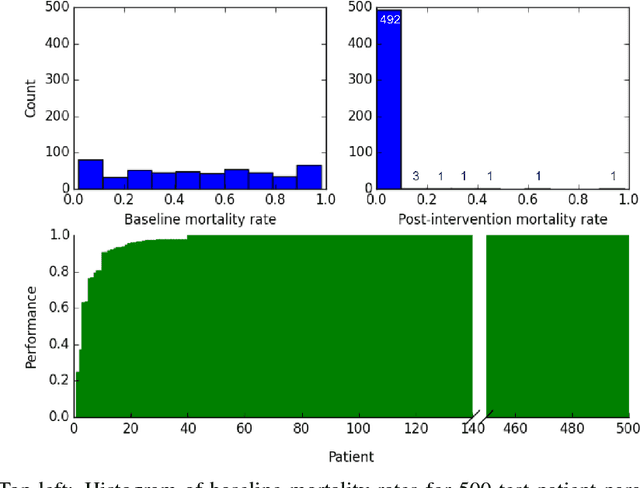
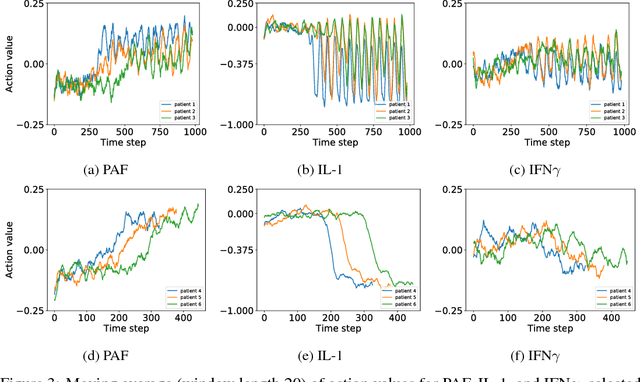
Abstract:Sepsis is a life-threatening condition affecting one million people per year in the US in which dysregulation of the body's own immune system causes damage to its tissues, resulting in a 28 - 50% mortality rate. Clinical trials for sepsis treatment over the last 20 years have failed to produce a single currently FDA approved drug treatment. In this study, we attempt to discover an effective cytokine mediation treatment strategy for sepsis using a previously developed agent-based model that simulates the innate immune response to infection: the Innate Immune Response agent-based model (IIRABM). Previous attempts at reducing mortality with multi-cytokine mediation using the IIRABM have failed to reduce mortality across all patient parameterizations and motivated us to investigate whether adaptive, personalized multi-cytokine mediation can control the trajectory of sepsis and lower patient mortality. We used the IIRABM to compute a treatment policy in which systemic patient measurements are used in a feedback loop to inform future treatment. Using deep reinforcement learning, we identified a policy that achieves 0% mortality on the patient parameterization on which it was trained. More importantly, this policy also achieves 0.8% mortality over 500 randomly selected patient parameterizations with baseline mortalities ranging from 1 - 99% (with an average of 49%) spanning the entire clinically plausible parameter space of the IIRABM. These results suggest that adaptive, personalized multi-cytokine mediation therapy could be a promising approach for treating sepsis. We hope that this work motivates researchers to consider such an approach as part of future clinical trials. To the best of our knowledge, this work is the first to consider adaptive, personalized multi-cytokine mediation therapy for sepsis, and is the first to exploit deep reinforcement learning on a biological simulation.
Modeling sepsis progression using hidden Markov models
Jan 09, 2018


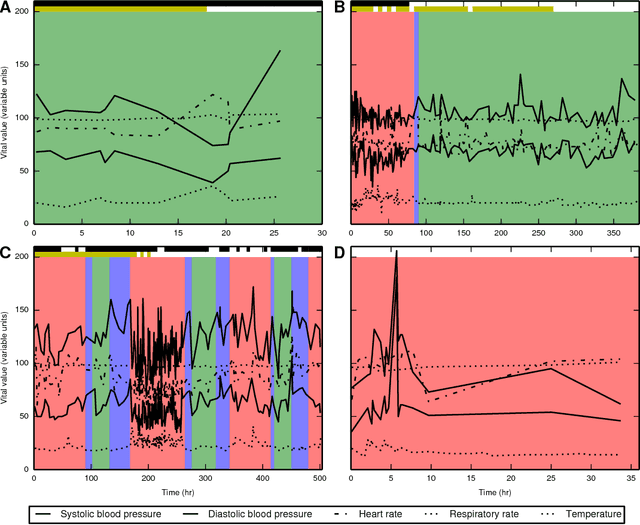
Abstract:Characterizing a patient's progression through stages of sepsis is critical for enabling risk stratification and adaptive, personalized treatment. However, commonly used sepsis diagnostic criteria fail to account for significant underlying heterogeneity, both between patients as well as over time in a single patient. We introduce a hidden Markov model of sepsis progression that explicitly accounts for patient heterogeneity. Benchmarked against two sepsis diagnostic criteria, the model provides a useful tool to uncover a patient's latent sepsis trajectory and to identify high-risk patients in whom more aggressive therapy may be indicated.
 Add to Chrome
Add to Chrome Add to Firefox
Add to Firefox Add to Edge
Add to Edge